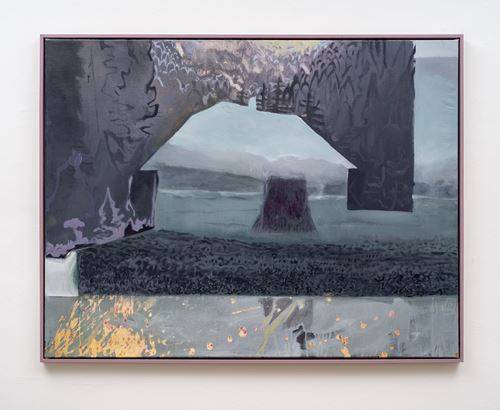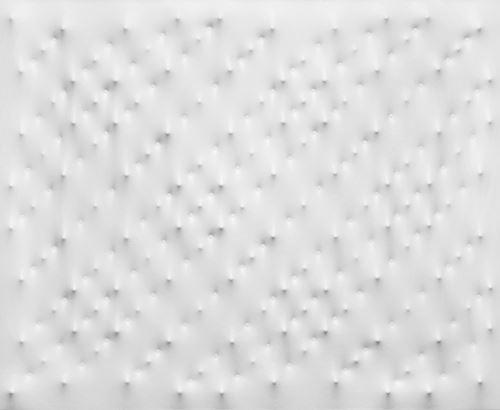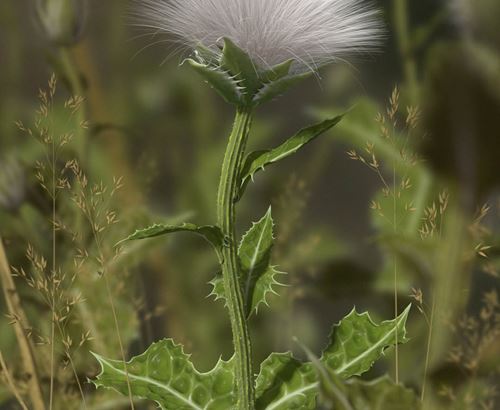Stappend Paard
description
Dit paard is bijzonder groot van formaat. De beweging in het paard is duidelijk te zien aan de wapperende manen en het zadelkleed.
De koud aangebrachte polychromie is van een rood-bruine kleur en is ongewoon gezien meeste paarden een lichte kleur hebben.
Provenance
Privé Collectie, Nederland 2022; Mr. V. Choi Collectie, Hong Kong 2004.
Literature
Cologne 2008
'Die Karawane Zieht Weiter; auf der Sedenstrasse - Grabkeramiek der Tang-Dynastie', Exhibition Catalogue Museum für Ostasiatische Kunst, Cologne, 2008, pl.12 – 14
Harrist & Bower 1997
Robert E. Harrist (ed.) & Virginia Bower, 'Power and Virtue: The Horse in Chinese Art', China Institute, New York, 1997
Jacobson 2013
Robert Jacobson, 'Celestial Horses & Long Sleeve Dancers: The David W. Dewey Collection of Ancient Chinese Tomb Sculpture', Minneapolis Institute of Art, Minnesota, 2013, p. 232
Kentucky 2000
'Imperial China: The Art of the Horse in Chinese History', Exhibition Catalogue The Kentucky Horse Park & International Museum of the Horse, 2000, p.46
Detail Description
This horse, with unusual red pigments, stands on a rectangular base. Its long striding legs, pricked ears, wavy forelock and flowing saddle cloth all suggest a horse in motion. In the Tang period, pottery models of horses were produced in large quantities, but the size and amount allowed in burials were regulated by law. Each part of the horse was individually moulded and then assembled with slip. The facial features were individually modelled by hand, giving each piece its own character. The whole would be covered in a white slip and cold painted in coloured pigments. The frequency and exceptional sculptural quality of the pottery horses found in Tang burials, testifies to the importance attributed to the animal by contemporary society. At this time, pottery figures of horses were in great demand and during this period their modelling became increasingly natural and realistic.
Han general and horse expert Ma Yuan (14BC - 49AD) understood their importance to Chinese society and said: “Horses are the foundation of military power, the great resources of the state but, should this falter, the state will fall”. Horses were considered the reward for military invasions as well as the foundation of imperial solidity. Thoroughbred horses were traded with neighbouring Arab nations for silk from as early as the Han dynasty, gradually replacing the more sturdy steppe ponies indigenous to China.
A sign of status and wealth, only the nobility and imperial household were allowed to ride horses. In 636, Emperor Taizong (r.599-649AD) ordered stone images of his six favourite chargers, chosen from military victories that brought him to power. These stone reliefs were to destined for his Empress as well as his own necropolis near Chang’an. He even named and composed a laudatory poem for each of these horses.
Horses were also employed in recreational activities involving dancing, polo and hunting - common themes also seen in wall frescoes and paintings. Even the women of the Tang court were known to hunt and play polo. Galloping horses involved in the game of polo graced the tomb walls of Prince Zhang Guai (654-684 ) and a military parades including horses were depicted on the tomb walls of Princess Yongtai (684–701) and Yide (682–701) in Xian (Shaanxi Province).

contact
Vanderven Oriental Art
5211 LE 's-Hertogenbosch
Nederland
T +31 73 6146 251
floris@vanderven.com
www.vanderven.com/




_BasMeeuws_T638345202927487274.jpg?width=500&height=410&mode=crop&format=jpg&scale=both&qlt=80)
,three-quarterlength,wearingmedalcommemorationthe_T638296299117355404.jpg?width=500&height=410&mode=crop&format=jpg&scale=both&qlt=80)
